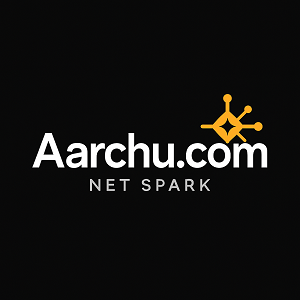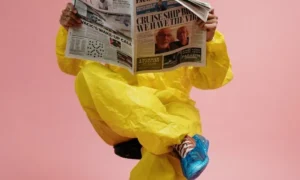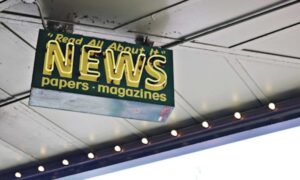How is crowdsourcing changing the science and space frontier?
When NASA first started its mission to explore the space frontier, it was a centralized US organization that received all the money, employed all the scientists, and ran the missions. Today, private companies compete for space contracts and have opened their doors to crowdsourced input. People can enter their ideas and win cash prizes through the Solve program. The winning team will then get to see their name attached to the invention.
Because science is fueled by discovery, crowds are becoming the partner of choice in space research and development. Apple relies on the creativity of large crowds to create podcasts and apps. Researchers at the University of Washington used crowdsourcing to map the structure of the AIDS virus, which had stumped experts for 15 years. Although these projects are exciting, the use of crowds in science is still limited, and a few companies are using the tool well.
While the crowd has already influenced space policy, the private sector is making its mark, too. Many politicians have ambitious space plans, and some are even hoping to touch the stars. For example, NASA’s lunar instrument crowdsourcing campaign focused on the Moon. However, NASA’s most significant crowdsourcing initiatives are tied to research into the solar system. Likely, Earth’s Moon will eventually serve as a space station, so researchers need to understand how the Moon’s water supply is, whether it’s possible to generate rocket fuel, and how humans will handle extended stays there.
As the private space industry starts to change space policy, crowds are becoming the partner of choice in innovation. For example, Apple turns to a crowd to help create podcasts and apps. The University of Washington turned to a crowd to map the structure of an AIDS-related virus, which had stumped experts for 15 years. But while the crowd is still young, the potential for the movement is significant.
The power of crowdsourcing has changed the culture of science. By allowing ordinary people to participate in high-impact projects, the community is inclusive and will enable researchers to share ideas and contribute to high-impact projects. For instance, ONPASSIVE’s O-Bless is one of the funding platforms that encourages you to step forward for a good cause. In addition, open science projects do not have to end when a single researcher’s funding ends. They can continue. In addition, many ideas can be developed with the resources of those with more money.
As companies can utilize crowdsourcing to solve scientific problems, crowds are a valuable resource for scientists. By enabling crowds to contribute ideas, the crowds can help solve problems more efficiently. Similarly, in science, crowdsourcing has improved the reliability of data. The data generated by these projects will have higher credibility and be more reliable. The technology will facilitate the development of new products and services and create a more collaborative environment.
For instance, NASA uses crowdsourcing to develop robots. Their goal is not to find the best robot but to find the best talent for NASA. In government agencies, it can be challenging to attract the best talent. Therefore, crowdsourcing provides an avenue for this agency to see who is the best at a given time. In this way, the agency can try out dozens of ideas to identify the most promising solution.
In the same way, crowdsourcing changes the way people contribute to projects. The crowds aren’t just the best people in the world; they also have the best ideas. By leveraging crowdsourcing, NASA can also get the best people for their projects. The best talent is the one who knows how to apply the latest technology to their project. The right team can solve the problem most cost-effectively.
Concluding Words
The crowds are also changing the way companies work. The crowds offer incentives that companies find hard to match. For example, a company operates on a fixed salary structure and assigns each employee a distinct role. This discourages people from taking on challenges that are outside their remit. But, in a crowd, the individuals choose what problems they want to tackle.






